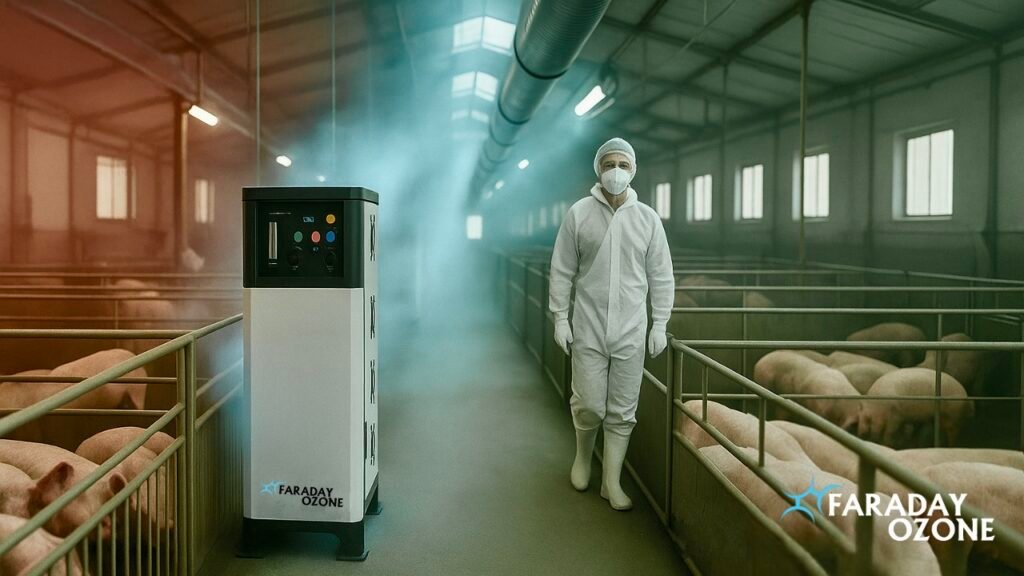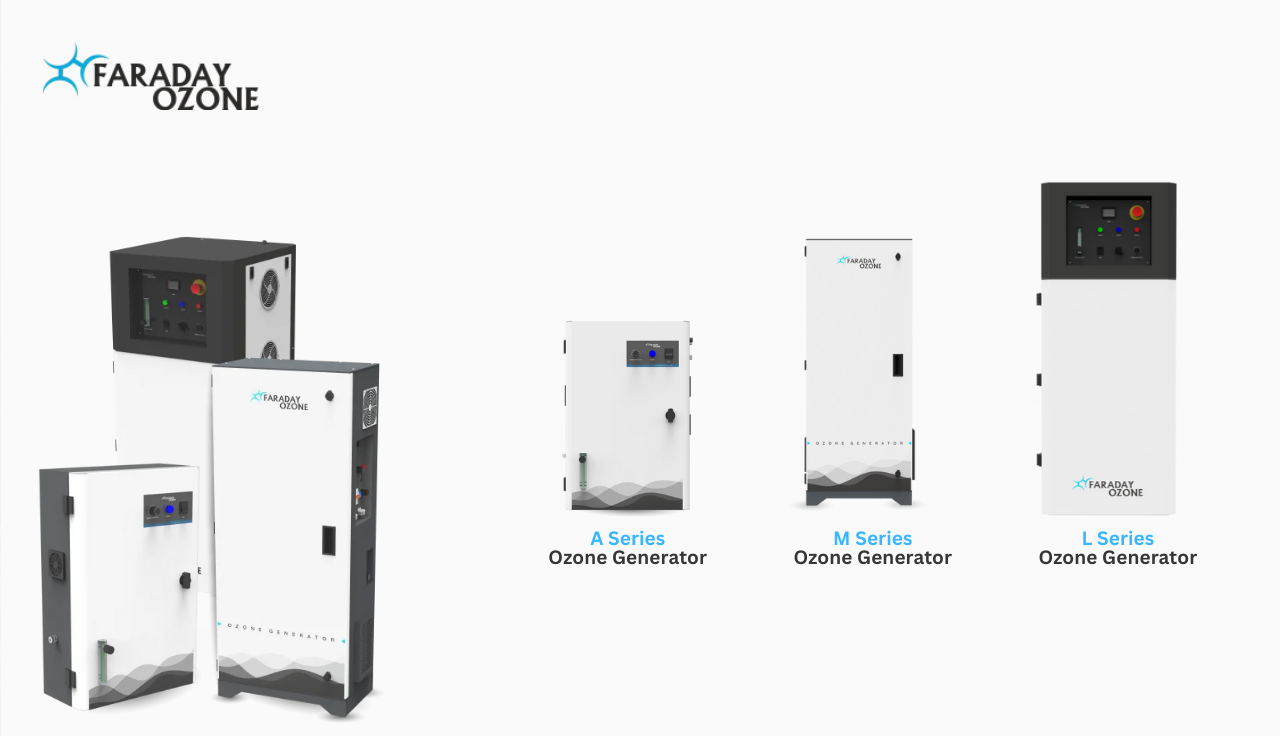African Swine Fever (ASF) is wreaking havoc on pig farming across Asia. Since its spread from Africa, ASF has decimated millions of pigs in Vietnam and neighboring countries. For example, Vietnam has lost over 6.6 million pigs since 2019, disrupting pork supply chains and driving food inflation[1][2]. In mid-2025 Vietnam saw over 1,019 new outbreaks and more than 160,000 pigs culled in a single year[3]. ASF is spreading elsewhere too: China reported a mid-2025 outbreak killing 200 pigs (586 culled)[4], the Philippines has active cases in 76 of 82 provinces[5], and Cambodia confirmed new outbreaks in July 2025[6]. These outbreaks threaten farmers’ livelihoods and food security – authorities warn of pork shortages and price spikes[2]. In sum, ASF in Vietnam and other Asian countries is a crisis demanding effective prevention and disinfection.
Traditional biosecurity measures (quarantines, culling and vaccines) are useful but insufficient. Effective disinfection is critical to stop ASFV, the virus that causes ASF, from spreading via contaminated vehicles, equipment or facilities. However, conventional disinfectants have limitations. For instance, chlorine bleach (sodium hypochlorite) can kill ASFV in clean conditions, but its efficacy plummets in the presence of organic matter like manure or soil[7]. In practice pig farms are full of organic debris, so very high chlorine doses (and thorough cleaning) are needed[8]. Chlorine is also corrosive and breaks down in warm, sunny environments. Likewise, ultraviolet (UV) lamps only disinfect exposed surfaces and air. UV light cannot penetrate shadows or opaque materials, so hidden nooks, equipment interiors or muddy corners remain untreated[9]. In short, traditional methods often fail to reach every virus particle on a farm.
Why Traditional Disinfection Methods Fail
Many pig farmers in ASF-affected countries still depend on chlorine and UV light for disinfection, but these methods are not effective against African Swine Fever. Chlorine requires very high concentrations and long contact times to work, and even then, it leaves harmful chemical residues in pig houses and water that can damage animal health and the environment. Similarly, UV light only disinfects surfaces directly exposed to it, meaning shaded or hidden areas in large and complex pig houses remain untreated. Because of these limitations, traditional disinfectants cannot provide complete protection against ASF, and farmers urgently need a faster, deeper, and residue-free solution that works across air, water, and surfaces.
Ozone Technology: The Strongest Weapon Against ASF
Ozone is one of the most powerful disinfectants available in nature. It is 50% stronger than chlorine and up to 3,000 times faster in action, making it highly effective against resilient viruses like African Swine Fever. Unlike traditional methods, ozone does not just clean visible surfaces — it penetrates air, water, and hidden corners of pig houses, ensuring complete farm-wide protection. Once the disinfection process is complete, ozone naturally reverts back to oxygen, leaving no chemical residues that could harm animals, workers, or the environment. This makes ozone the safest and most reliable biosecurity tool for pig farms battling ASF across Vietnam, China, India, and other affected regions.

Why Choose Faraday Ozone Technology?
At Faraday Ozone, we deliver advanced ozone-based disinfection systems that are scientifically proven to inactivate the African Swine Fever (ASF) virus by 99.9% within minutes, making them one of the most effective solutions for pig farm biosecurity. Unlike traditional disinfectants such as chlorine and UV, ozone technology offers superior oxidizing power—50% stronger than chlorine and up to 3,000 times faster in action. This ensures that pathogens, including the ASF virus, are neutralized quickly and effectively. Ozone’s broad-spectrum disinfection ability allows it to penetrate every corner of pig houses—air, water, surfaces, equipment, and hidden spaces—providing a complete farm hygiene solution. Another major advantage is that ozone is residue-free, naturally converting back into oxygen after use, leaving no chemical traces that could harm pigs, workers, or the environment. Backed by laboratory studies and proven results, Faraday Ozone’s technology stands as a reliable, eco-friendly, and powerful tool to protect pig farms against the ongoing ASF crisis across Vietnam, China, India, the Philippines, and other ASF-affected regions. affected regions.
Faraday Ozone’s Advanced Ozone Generators
Faraday Ozone, an ISO-certified and patented ozone technology company, offers a complete range of ozone generators designed specifically for pig farm disinfection. Our systems are engineered for durability, effectiveness, and biosecurity under the toughest livestock conditions.

Faraday Ozone Product Series
READ MORE →Faraday Ozone provides a range of ozone generators designed for pig farm disinfection. Below is a quick comparison of our A-Series, L-Series, and M-Series solutions to help you choose the right system for your needs.
| Product Series | Ozone Output | Best For | Key Features |
|---|---|---|---|
| A-Series | Up to 20 g/hr | Small-to-medium pig farms (nursery rooms, vehicles, equipment) | Compact, low cost, plug-and-play, easy maintenance |
| L-Series | Tens to hundreds of g/hr | Larger farms, whole-building disinfection, water systems | Oxygen-fed, continuous infusion, advanced control system |
| M-Series | Very high capacity (industrial scale) | Large pig farms, slaughterhouses, wastewater treatment | Skid-mounted, heavy-duty, includes compressors & controllers |

